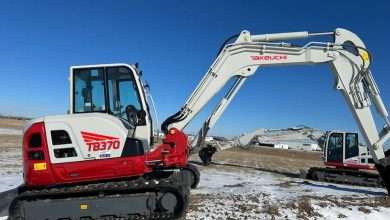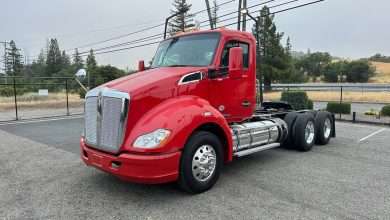Universal Catalytic Neutralizer: What It Is and When to Install One

The universal neutralizer functions as an essential component in your vehicle’s emission control system. This device transforms harmful gases into less harmful substances before they leave your vehicle. Despite being present in every modern automobile, many vehicle owners remain unfamiliar with its operation and significance.

Those researching catalytic converter scrap prices list on platforms such as Autocatalyst may discover surprising value in their used neutralizers. Instead of simply disposing of this component during replacement, utilizing specialized recycling services can help recover a portion of replacement expenses.
How Universal Neutralizers Function
Universal neutralizers operate through specific chemical reactions. The ceramic core, structured like a honeycomb, contains precious metals including platinum, palladium, and rhodium that initiate reactions neutralizing harmful emissions. These metals function as catalysts, facilitating chemical reactions without being consumed in the process.
The neutralizer performs three simultaneous functions: reducing nitrogen oxides into nitrogen and oxygen, transforming carbon monoxide into carbon dioxide, and converting unburned hydrocarbons into carbon dioxide and water. This process substantially decreases the environmental impact of vehicle operation.
Identifying When Replacement Is Necessary
Several indicators suggest neutralizer replacement requirements:
1. Progressive deterioration in engine performance characterized by hesitation during acceleration, which intensifies gradually as the internal structure of the neutralizer degrades, generating increased back pressure within the system and requiring more engine effort while delivering reduced power output.
2. Distinctive sulfurous odor emanating from beneath the vehicle, particularly noticeable around the rear section after operation, occurring when the neutralizer inadequately processes hydrogen sulfide gases.
Upon noticing these symptoms, professional mechanical assessment becomes necessary. Neglecting these warning signs may result in additional engine damage and elevated fuel consumption rates.
Comparing Universal and Direct-Fit Neutralizers
Replacement situations present a choice between universal and direct-fit neutralizers. Universal models provide adaptability across diverse vehicle specifications, incorporating adjustable elements that technicians can modify for appropriate installation.
Direct-fit neutralizers are engineered specifically for particular vehicle makes and models. While representing a higher investment, they ensure complete compatibility without requiring adaptation during installation.
Selection factors include financial considerations, with universal models potentially appropriate for older vehicles. However, newer automobiles with sophisticated emission systems typically benefit from direct-fit neutralizers that integrate precisely with manufacturer requirements.
Understanding emission control system operation helps vehicle owners make informed maintenance decisions while potentially recovering value from replaced components. Regular system inspection ensures optimal neutralizer performance, maintaining vehicle efficiency while reducing environmental impact.



